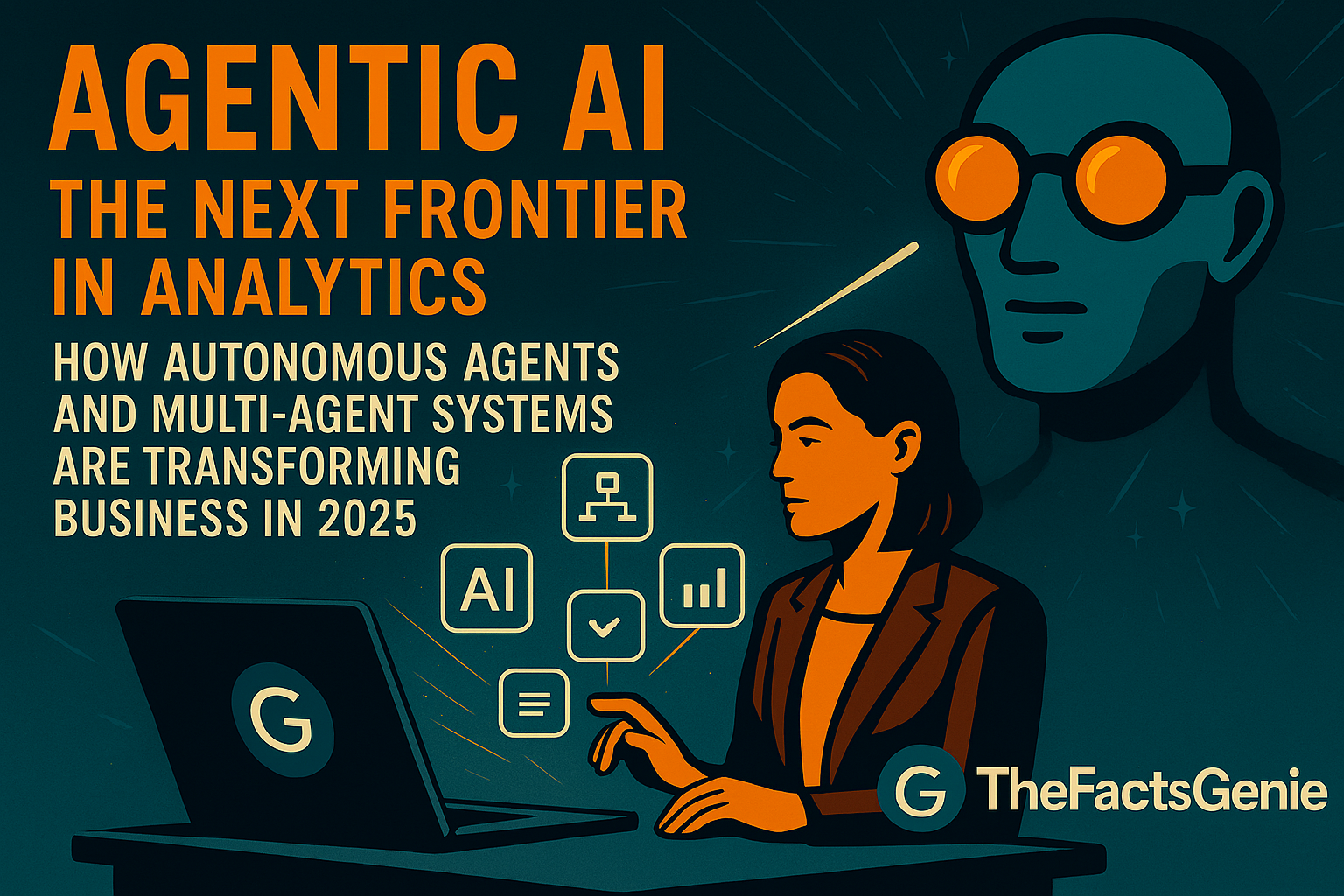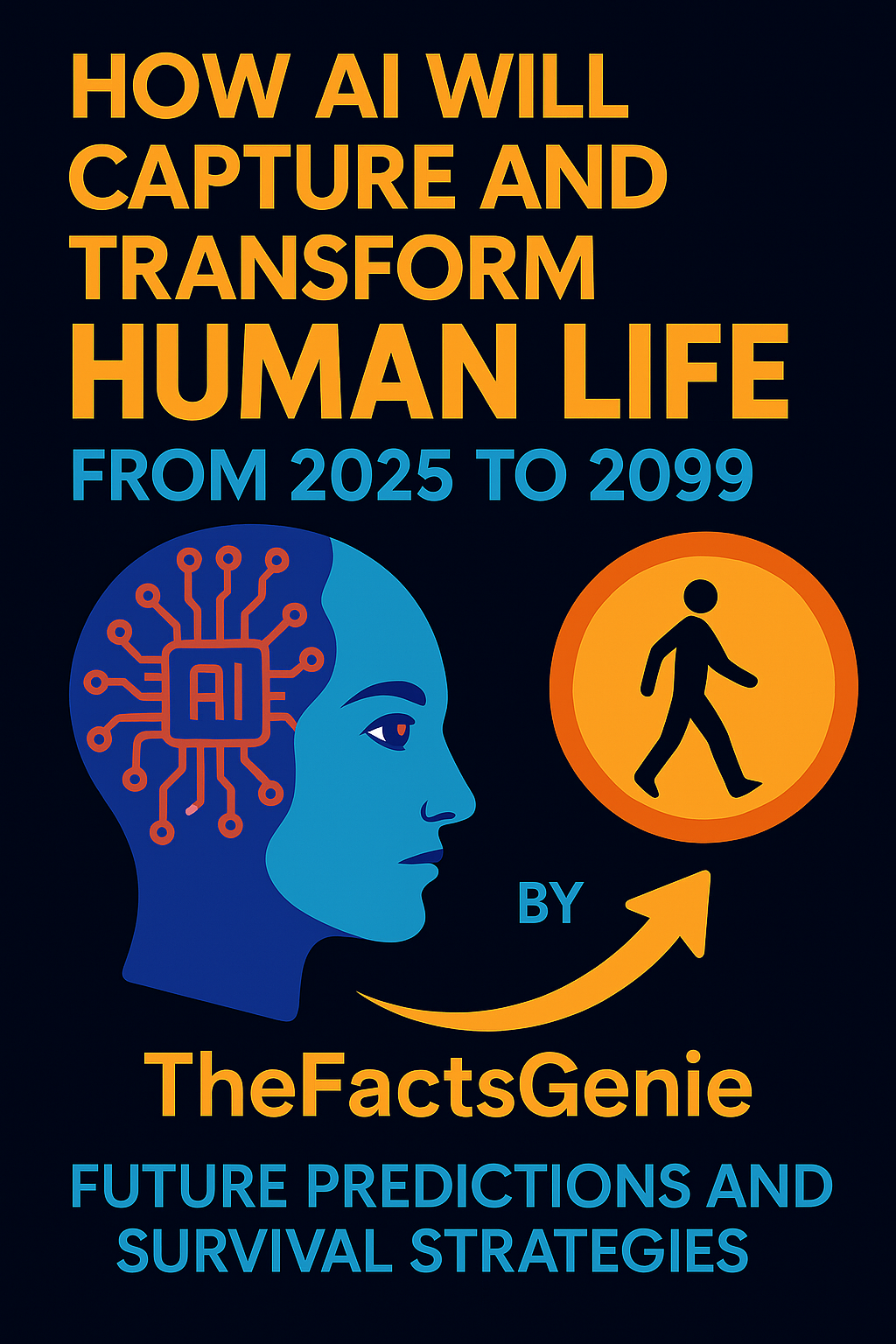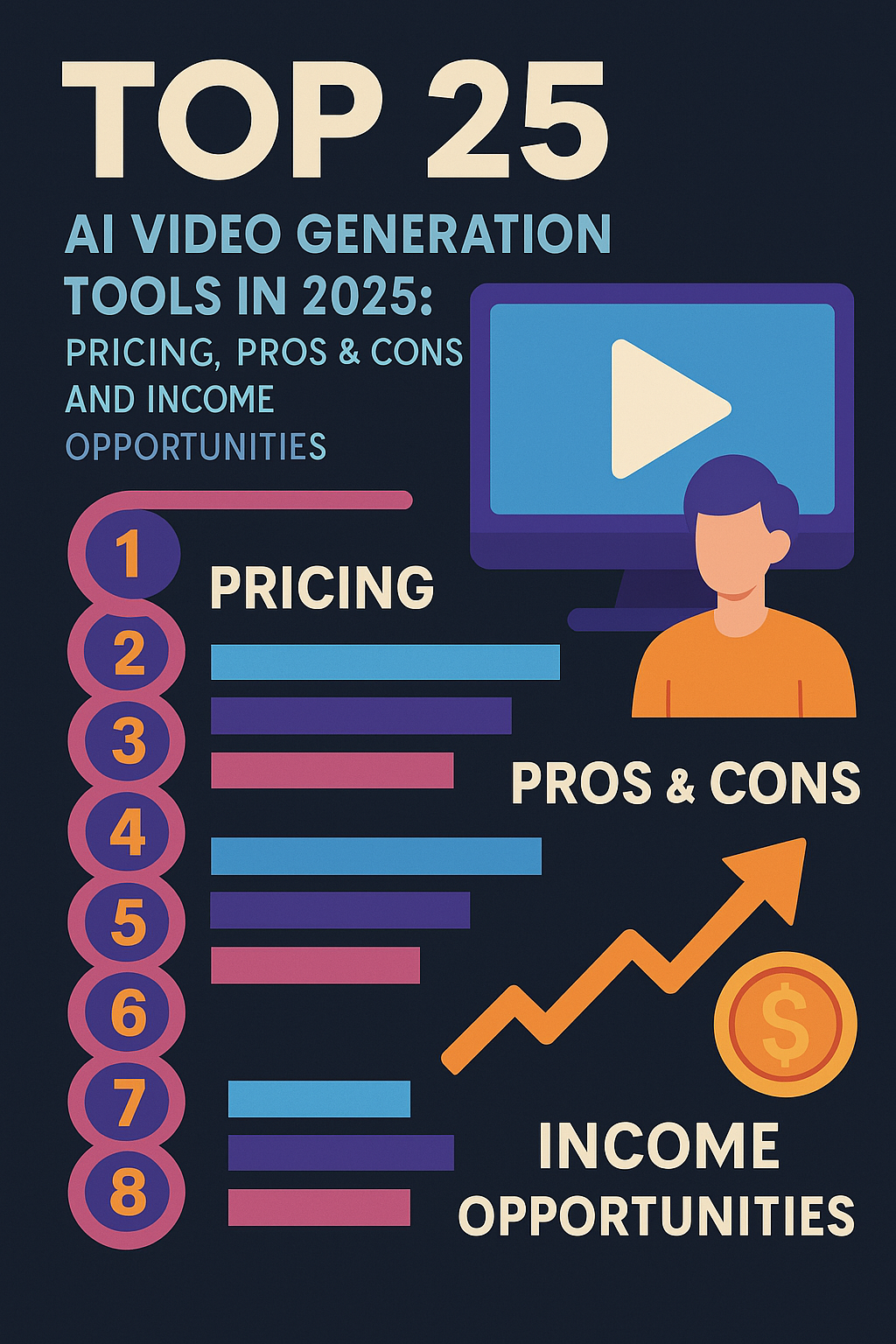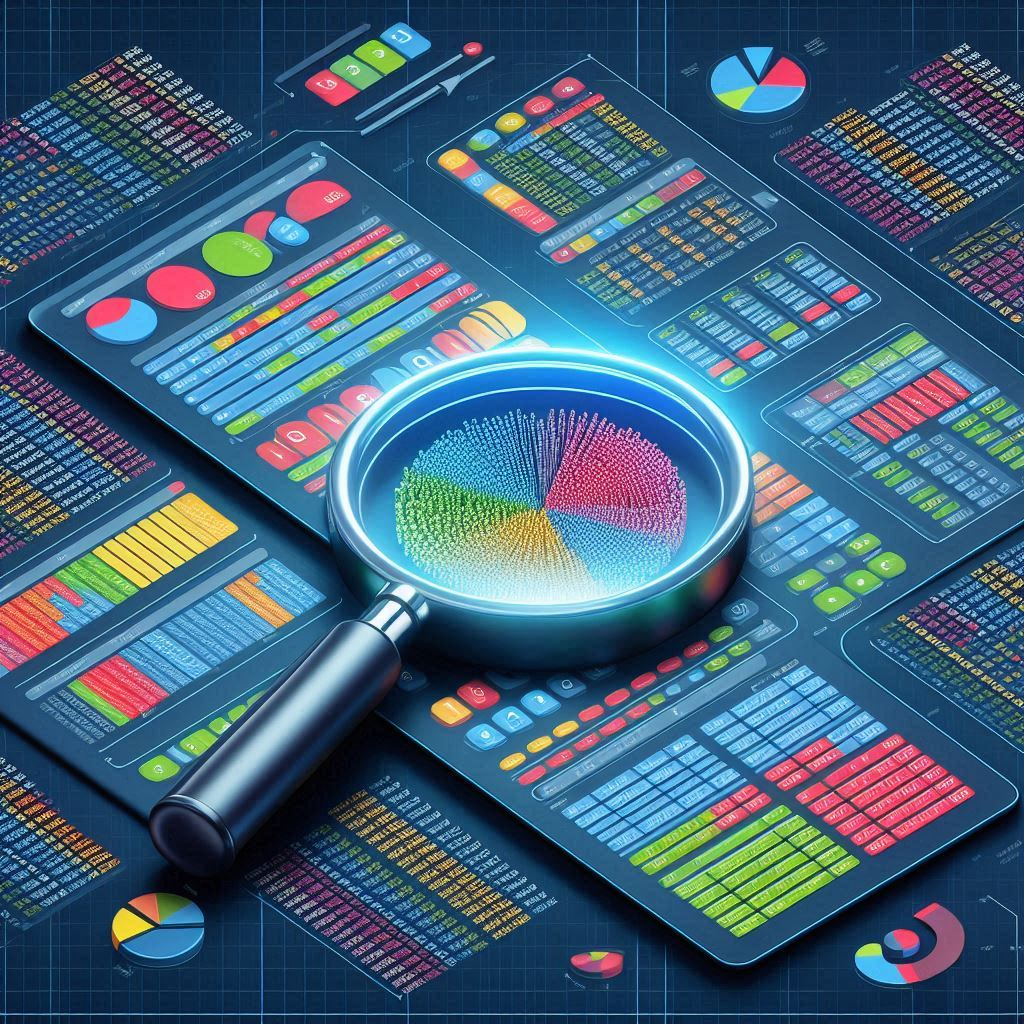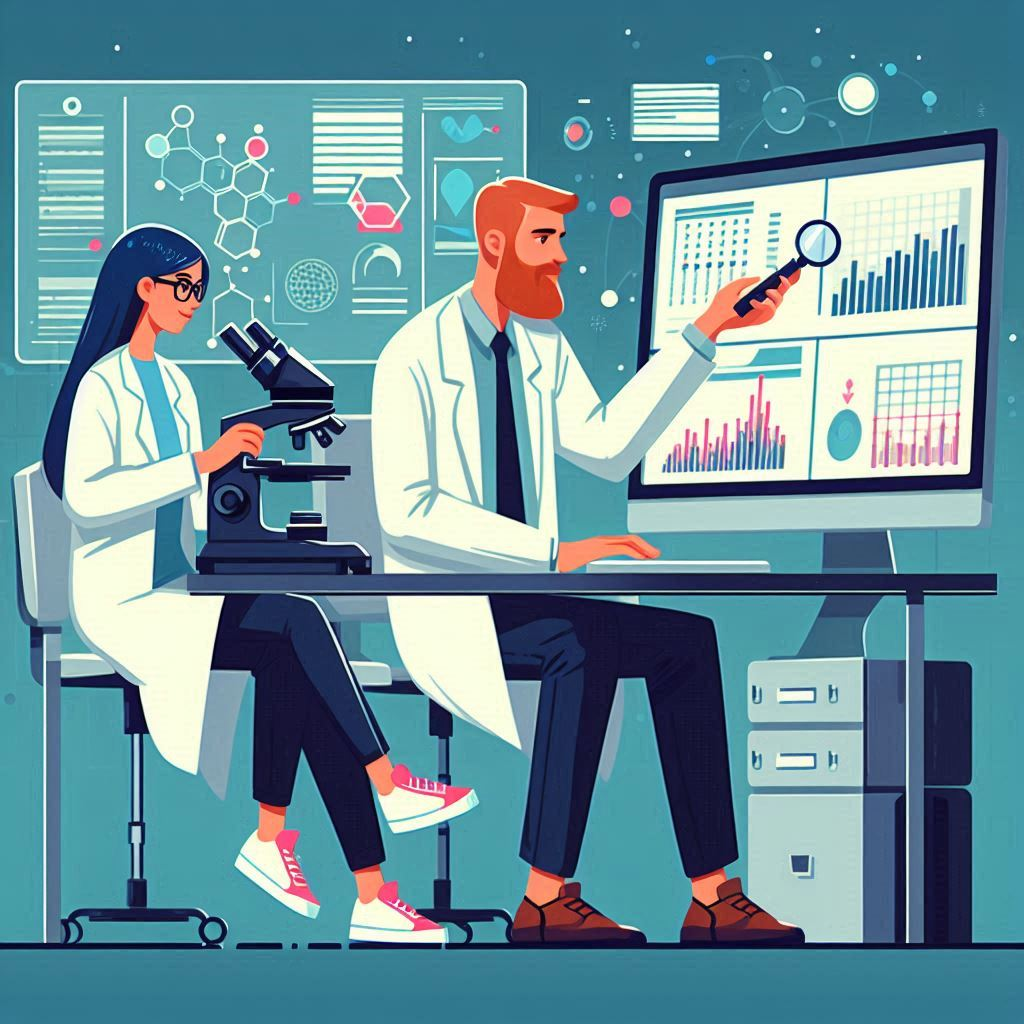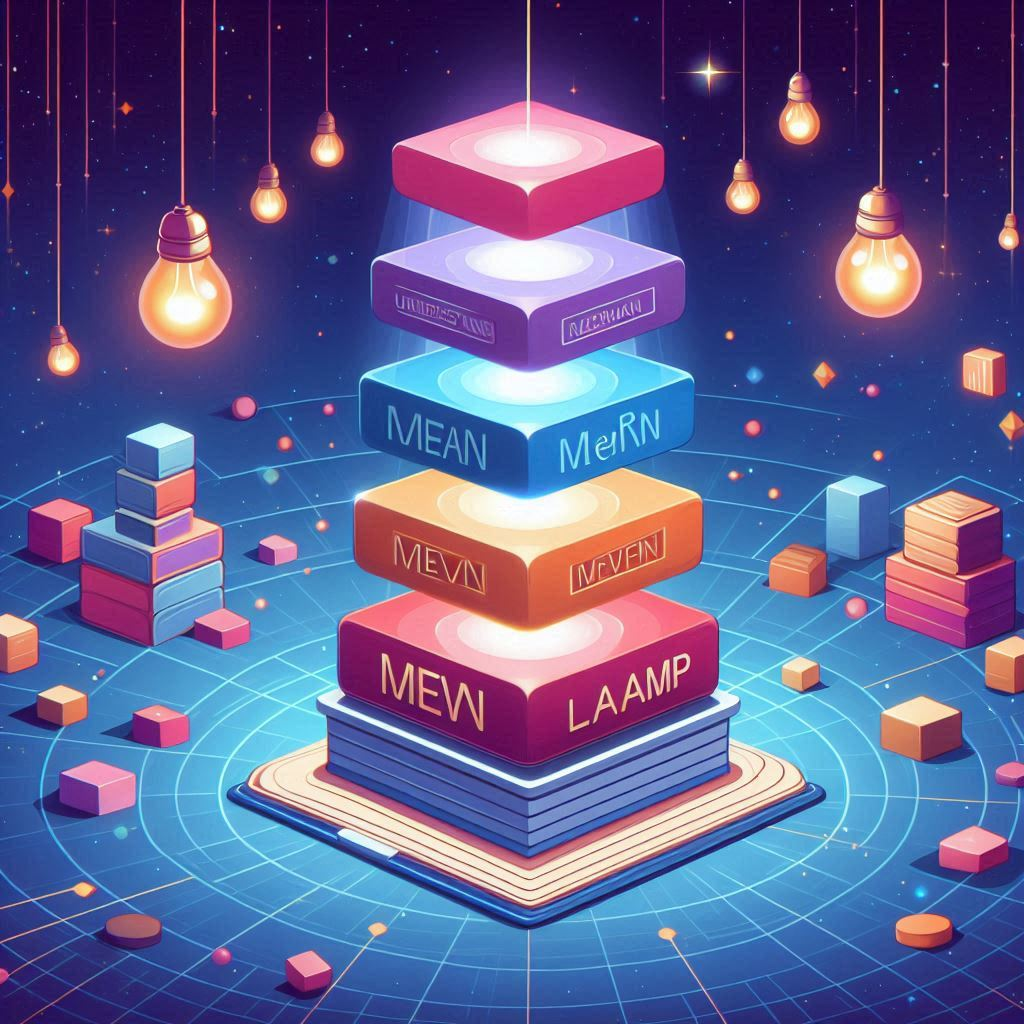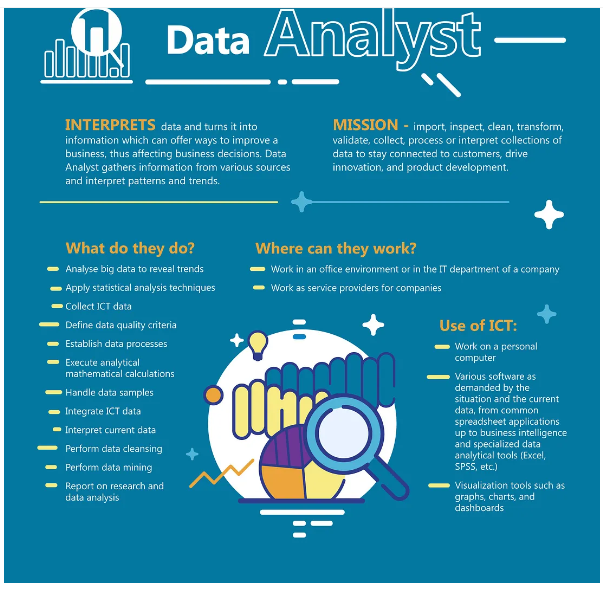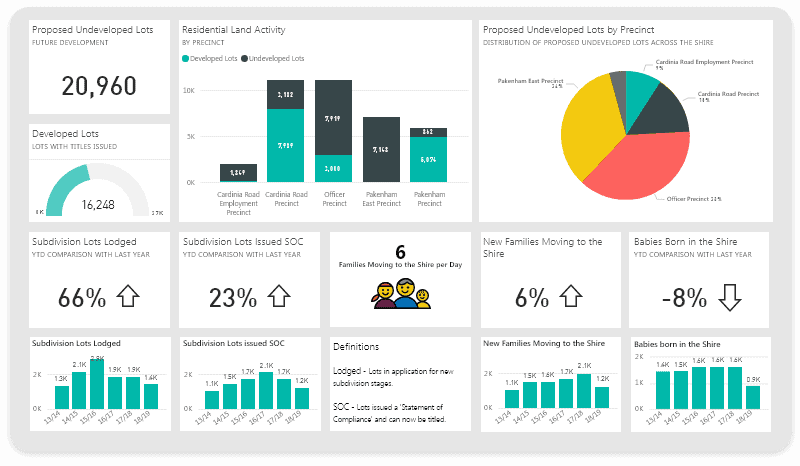
Text Summarization in NLP: Enhancing Information Processing
Introduction
In a world driven by information, the ability to distill massive amounts of data into digestible summaries is invaluable. Text summarization, a powerful application within Natural Language Processing (NLP), offers a solution by automatically generating concise versions of larger texts, retaining essential points without losing context. With the rise of AI, text summarization has found its way into various industries, from news aggregation to legal document analysis. This blog post will dive into the advantages, challenges, applications, and methodologies of text summarization in NLP.
Pros of Text Summarization in NLP
- Time Efficiency: Text summarization saves time by distilling lengthy documents into quick reads, enabling users to absorb key points faster.
- Enhanced Productivity: Professionals in fields like legal, medical, and academic research can stay updated without the need to read entire documents.
- Better Decision Making: Summarization enables leaders to access critical information swiftly, improving decision-making based on condensed data.
- Consistency: Automated summarization can maintain consistency across summaries, a challenge in human-generated content.
Cons of Text Summarization in NLP
- Potential Loss of Context: Summarization models may exclude critical contextual details, leading to misunderstandings.
- Complexity in Sentiment Preservation: Often, the emotional tone or sentiment in a document may get lost or misinterpreted.
- Bias in Summarization: Machine-generated summaries might reflect biases present in the data used to train them.
- Challenges in Handling Diverse Topics: Summarizers might perform inconsistently across varying types of content, such as news vs. scientific papers.
Common Use Cases for Text Summarization
- News Aggregation: Generating concise summaries of news articles to provide readers with daily highlights.
- Legal Summaries: Creating abstracts for legal documents to assist lawyers and judges.
- Medical Literature Reviews: Summarizing research papers for medical professionals who need quick insights.
- Customer Feedback Summaries: Analyzing and summarizing customer feedback for brands to gauge satisfaction.
- Educational Content: Helping students by condensing lengthy educational materials into easily digestible summaries.
Types of Text Summarization
- Extractive Summarization: This approach involves identifying key phrases and sentences from the source text without altering them.
- Pros: Retains original wording; simpler to implement.
- Cons: Can lack coherence if selected sentences don’t flow naturally.
- Abstractive Summarization: In contrast, abstractive summarization generates a paraphrased version of the content, similar to human-written summaries.
- Pros: Produces more coherent, human-like summaries.
- Cons: Complex to implement; higher computational power required.
How to Achieve Text Summarization
- Using NLP Libraries:
- Popular libraries such as Hugging Face’s Transformers, SpaCy, and OpenNMT offer pre-built models for both extractive and abstractive summarization.
- Training Custom Models:
- Train custom summarization models using datasets like CNN/DailyMail, XSum, or the Gigaword corpus.
- Consider using Transformer models like BERT, T5, and GPT for high-quality summaries.
- Evaluating Summaries:
- ROUGE Score: Measures overlap between generated and reference summaries.
- BLEU Score: Assesses translation-like qualities in generated summaries.
- Fine-Tuning Models:
- Fine-tune models on domain-specific data for tailored summarization, especially beneficial in areas like legal or medical summaries.
Real-World Applications and Case Studies
- Case Study: Google News – How text summarization is used to generate news snippets.
- Case Study: LawGeex – Summarizing legal documents with accuracy.
- Case Study: MEDLINE Database – Summarizing medical literature to assist healthcare professionals.
Conclusion
Text summarization in NLP is revolutionizing the way we process information, enabling users to engage with large-scale data more effectively. While the technology is still advancing, its benefits to industries like healthcare, law, and news media are undeniable. As NLP models continue to improve, we can expect text summarization to become an integral tool for efficient knowledge consumption.








